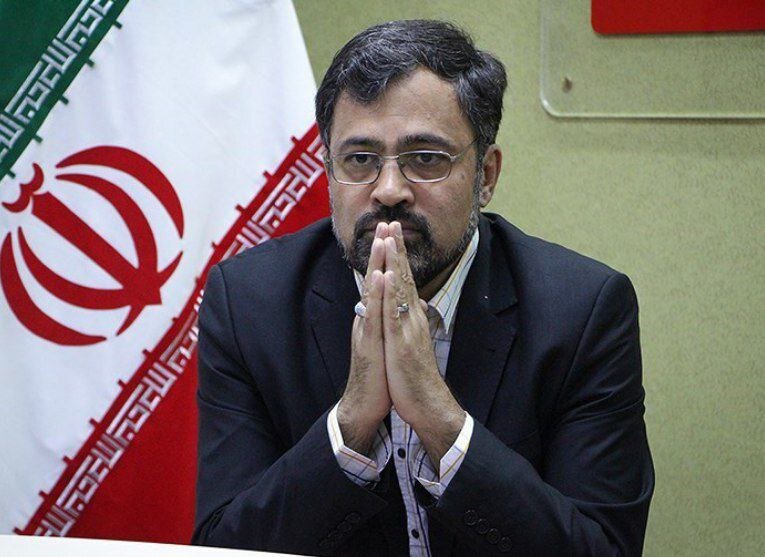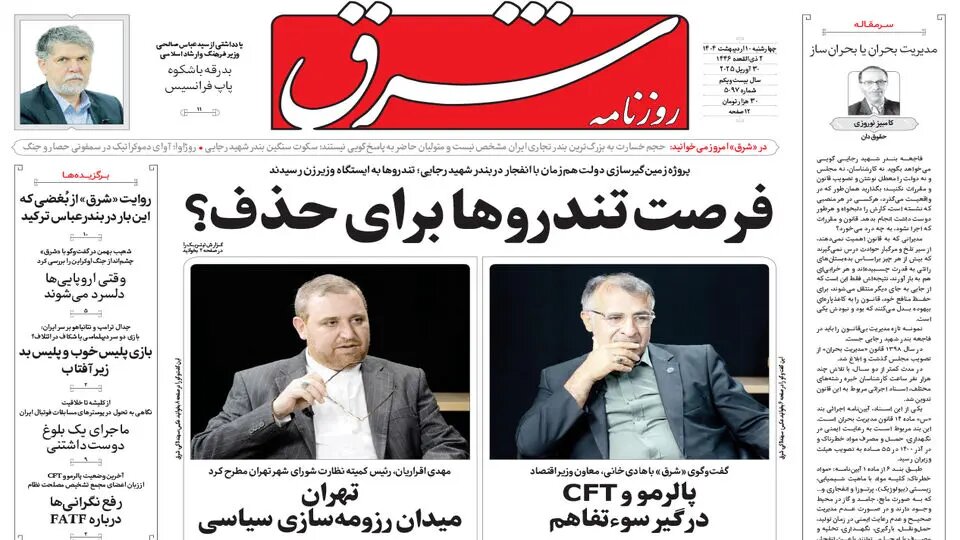
TEHRAN Supported by the United Nations Childrens Fund, mega-dose vitamin A supplementation program, being implemented across the country for four years, has reached two million children under the age of 5 so far.Vitamin A deficiency is the leading cause of preventable childhood blindness and increases the risk of death from common childhood illnesses such as diarrhoea.
Periodic, high-dose vitamin A supplementation is a proven, low-cost intervention and is an essential program in supporting efforts to reduce health issues and child mortality.The program kicked off in 2020 to improve the health of children aged 2 5 years old.
So far, two million children have benefited from the program.A national study on the nutritional patterns of Iranian households during the Covid-19 pandemic in 2020 indicated a significant decrease in the intake of vitamin A in urban (31 percent) and rural (24 percent) households.Data from the Food and Nutrition Surveillance in eight provinces of the country have also confirmed vitamin A deficiency in children below 5 years of age.This health ministry is implementing the program in collaboration with 43 universities of medical sciences in the country, and children who visited the centers received one soft gel capsule containing 200,000 IU every six months.
This supplement is well absorbed in the body and stored in the liver to be used over time.A 2017 Cochrane systematic review of international studies (including 47 studies from 17 countries) as well as meta-analyses conducted in 1992 and 2011 showed that mega-dose vitamin A supplementation can reduce mortality from infectious diseases in children by 24 percent.According to food and nutrition surveillance system, the main goals of the program include improving childrens nutrition and boosting their immune system against common childhood illnesses like Covid-19, raising health workers awareness of the crucial role of vitamin A in childrens health, improving parents nutritional literacy about the importance of vitamin A consumption, and reducing the mortality rate among children due to preventable diseases.Four years into the implementation of the program, the health ministry is evaluating the effectiveness of the program, and the results will be published by the end of the current Iranian year, which started on March 20.MT/MG.
This article first appeared/also appeared in Tehran Times

 10
10


















